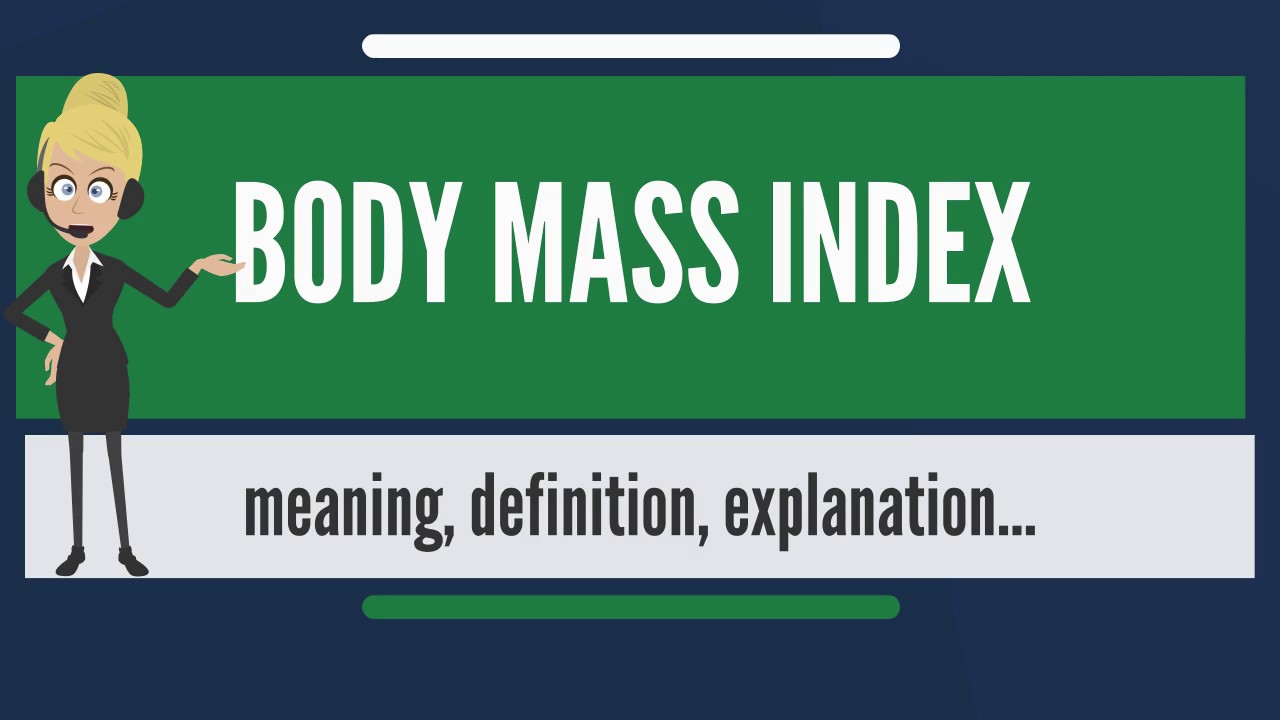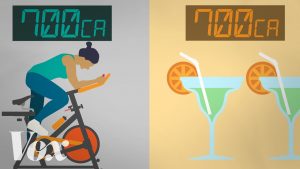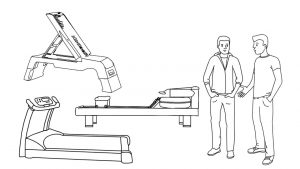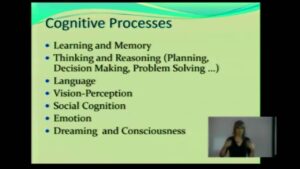✪✪✪✪✪ http://www.theaudiopedia.com ✪✪✪✪✪ What is BODY MASS INDEX? What does BODY MASS INDEX mean? BODY MASS INDEX meaning – BODY MASS INDEX definition – BODY MASS INDEX explanation. Source: Wikipedia.org article, adapted under https://creativecommons.org/licenses/by-sa/3.0/ license. The body mass index (BMI) or Quetelet index is a value derived from the mass (weight) and height of an individual. The BMI is defined as the body mass divided by the square of the body height, and is universally expressed in units of kg/m2, resulting from mass in kilograms and height in metres. The BMI may also be determined using a table or chart which displays BMI as a function of mass and height using contour lines or colours for different BMI categories, and which may use other units of measurement (converted to metric units for the calculation). The BMI is an attempt to quantify the amount of tissue mass (muscle, fat, and bone) in an individual, and then categorize that person as underweight, normal weight, overweight, or obese based on that value. However, there is some debate about where on the BMI scale the dividing lines between categories should be placed. Commonly accepted BMI ranges are underweight: under 18.5 kg/m2, normal weight: 18.5 to 25, overweight: 25 to 30, obese: over 30. People of Asian descent have different associations between BMI, percentage of body fat, and health risks than those of European descent, with a higher risk of type 2 diabetes and cardiovascular disease at BMIs lower than the WHO cut-off point for overweight, 25 kg/m2, although the cutoff for observed risk varies among different Asian populations. BMI is proportional to the mass and inversely proportional to the square of the height. So, if all body dimensions double, and mass scales naturally with the cube of the height, then BMI doubles instead of remaining the same. This results in taller people having a reported BMI that is uncharacteristically high, compared to their actual body fat levels. In comparison, the Ponderal index is based on the natural scaling of mass with the third power of the height. However, many taller people are not just “scaled up” short people but tend to have narrower frames in proportion to their height. Nick Korevaar (a mathematics lecturer from the University of Utah) suggests that instead of squaring the body height (as the BMI does) or cubing the body height (as the Ponderal index does), it would be more appropriate to use an exponent of between 2.3 and 2.7 (as originally noted by Quetelet). (For a theoretical basis for such values see MacKay.) Carl Lavie has written that, “The B.M.I. tables are excellent for identifying obesity and body fat in large populations, but they are far less reliable for determining fatness in individuals.” A frequent use of the BMI is to assess how much an individual’s body weight departs from what is normal or desirable for a person’s height. The weight excess or deficiency may, in part, be accounted for by body fat (adipose tissue) although other factors such as muscularity also affect BMI significantly (see discussion below and overweight). The WHO regards a BMI of less than 18.5 as underweight and may indicate malnutrition, an eating disorder, or other health problems, while a BMI equal to or greater than 25 is considered overweight and above 30 is considered obese. These ranges of BMI values are valid only as statistical categories.

What is BODY MASS INDEX? What does BODY MASS INDEX mean? BODY MASS INDEX meaning
- Post author:
- Post published:June 13, 2021
- Post category:Uncategorized
- Post comments:0 Comments
You Might Also Like
Diabetes Protecting Medicine Insulin

Organic Foods Video – 1

5 Things You Didn’t Know About the Pharmaceutical Industry

Sports Physiology Video – 5

Is it safe to eat Jackfruit during Pregnancy, The Side Effects You Should Be Aware Of!

MedicalHorizon: Added Sugars Increase Heart Disease Risk Factors
Erectile Dysfunction Tadaiafil Citrate

“Skinny Fat” Body Type: Should You Bulk Or Cut First? Info by Guru Mann
Insulin Muscle Gain

Base Cream Video – 1

how to legs workouts leg extension Fitness gym video by mahesh vaje

Introducing BeFiT GO – High intensity circuit training workouts designed for your mobile device!

20 Killer Ab Exercises

Best Pre-Workout Stretches

How to Deadlift

Exercises to avoid for people with knee pain – Onlymyhealth.com

What is anemia?

Top 5 bmiSMART I REMOVE Review Or Weight Loss Products That Work Fast 001

Human Body, Body Building Muscle Building Anatomy Physiology Video – 31

The science is in: Exercise isn’t the best way to lose weight

Quick review of thyroid hormone synthesis.

Medication Resistance vs Insulin Resistance

What is beatSTRONG Fitness & Nutrition?

Barbell Deadlift Bent Row Complex | Exercise Guide

Human Body, Body Building Muscle Building Anatomy Physiology Video – 5

3 PREACHER CURLS THAT MADE MY BICEPS EXPLODE

What are CARBOHYDRATES? CARBOHYDRATES meaning & definition – How to pronounce CARBOHYDRATES?

Severe Cystic Acne – Timelapse (Version 1)

Making A Yoga Routine Video – 6

Types of Steroids

Global Mental Health Video – 2

Lateral Raises-10

Should We Take a Multivitamins? | Guru Mann | Health and Fitness HD

Glycine The Best Amino Acid✔️

7 Possible Reasons For An Enlarged Uterus

Body Mass Index (BMI)

Dumbbell Pullover-3

Kriya Video – 2

What is renal hypertension? – Ask ADC video

Intrinsic Clearance – Biliary excretion

Cognitive Psychology Video – 3

